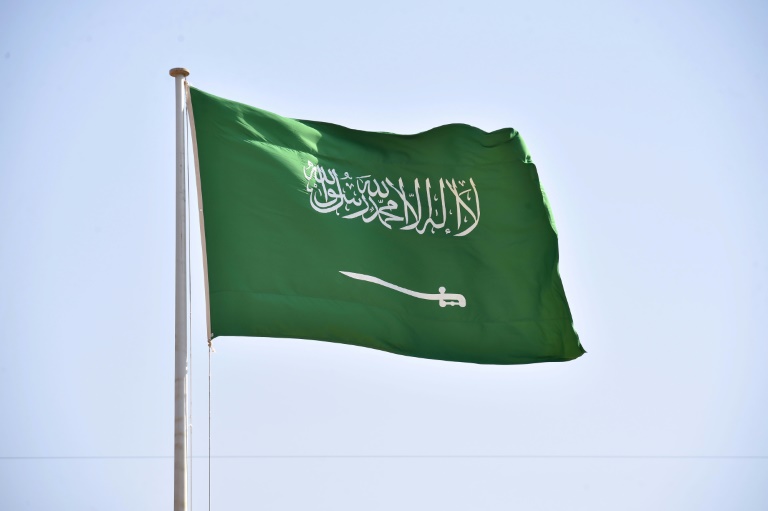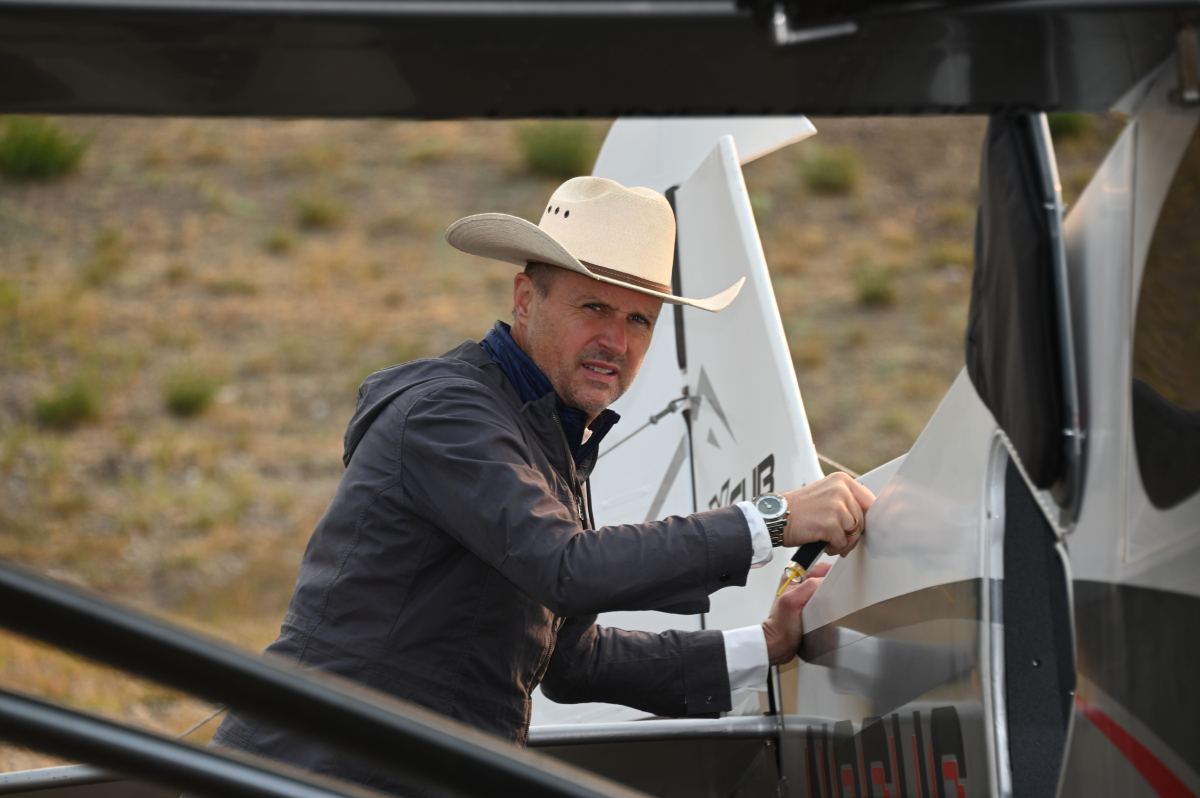The Power Ministry has included transmission lines, ropeways and railway sidings as part of enabling infrastructure, which will now get budgetary support in a bid to boost the hydropower potential of the country.
The scheme, which has a total outlay of ₹12,461 crore from FY25 to FY32, covers large hydropower projects as well as Pumped Storage Projects (PSPs). A capacity of around 31 gigawatts (GW), including 15 GW of PSP, would be supported under the scheme.
In March 2019, the Cabinet approved measures to promote the hydropower sector, including budgetary support for the cost of enabling infrastructure that was earlier limited to roads and bridges. This was further amended in September 2024 to include more components.
To widen the ambit of budgetary support for the cost of enabling infrastructure, the Ministry has now included four items apart from the construction of roads and bridges.
Now central financial assistance will also be provided to the cost incurred for the construction of transmission lines from power house to the nearest pooling point, including upgradation of pooling substations of the state or the Central Transmission Utility.
Furthermore, ropeways, railway sidings and communication infrastructure will also be part of the scheme for budgetary support for the cost of enabling infrastructure.
Besides, the strengthening of existing roads and bridges leading to the project will also be eligible for central assistance under this scheme.
Budgetary support
Hydropower projects are capital intensive and require higher upfront costs resulting in higher tariff. Budgetary support will help in easing the investment burden of developers and boost investment in the sector.
The scheme covers hydropower projects of more than 25 megawatt (MW) capacity, including private sector projects which have been allotted on a transparent basis.
Besides, Pumped Storage Projects (PSPs), including captive and merchant PSPs, will also be covered provided that the project has been allotted on a transparent basis.
Projects for which the Letter of Award (LoA) for the first major package is issued up to Jun 30, 2028 will also be eligible under this scheme.
The budgetary support for enabling infrastructure will be capped at ₹1 crore per MW for projects up to 200 MW, and ₹200 crore plus ₹0.75 crore per MW exceeding 200 MW, for projects above 200 MW.
In exceptional cases, when the situation warrants the budgetary support may be increased to ₹1.5 crore per MW, provided there is sufficient justification based on objective criteria specified by the Power Ministry in consultation with the Finance Ministry.
The budgetary support for the cost of enabling infrastructure will be provided to individual projects after appraisal of the cost of enabling infrastructure by the Delegated Investment Board (DIB) or Public Investment Board (PIB), as applicable, and approval of the Competent Authority.
Hydropower potential
India’s hydropower potential is around 145.32 GW, of which about 29 per cent has been utilised so far. The low utilisation is primarily due to challenges in remote site locations and the associated costs of transmission infrastructure.
According to an October 2024 report by Rubix Data Sciences, India’s small hydro power installed capacity has increased by 2 per cent CAGR between FY19 and FY24. The cumulative small hydro power capacity stood at around 5 GW at the end of FY24.
India has considerable small hydropower potential of around 19.7 GW but utilisation remains below 20 per cent due to challenges associated with remote site locations and high costs of transmission infrastructure. Despite shorter construction periods, small-hydro projects frequently exceed initial capital cost estimates, it added.








Leave a Comment